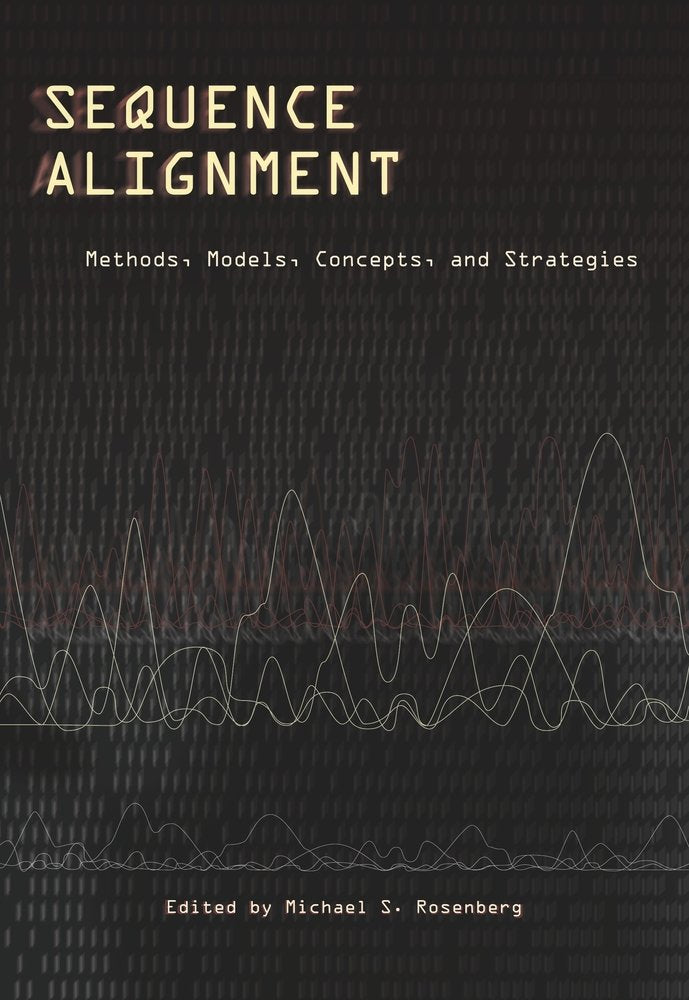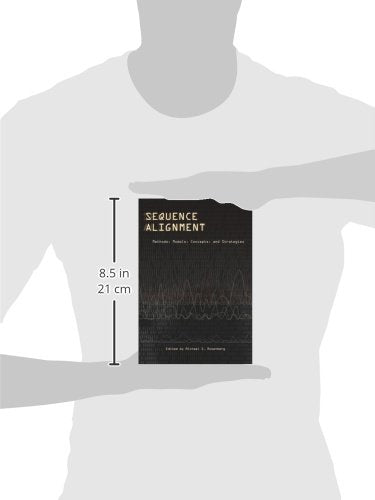Sequence Alignment – Methods, Models, Concepts and Strategies
Sequence Alignment – Methods, Models, Concepts and Strategies is backordered and will ship as soon as it is back in stock.
Couldn't load pickup availability
Genuine Products Guarantee
Genuine Products Guarantee
We guarantee 100% genuine products, and if proven otherwise, we will compensate you with 10 times the product's cost.
Delivery and Shipping
Delivery and Shipping
Products are generally ready for dispatch within 1 day and typically reach you in 3 to 5 days.
Book Details
-
Author: Michael Rosenberg
-
Publisher: University of California Press
-
Binding: Paperback
-
Format: Import
-
Number of Pages: 360
-
Release Date: 9th September 2011
-
ISBN: 9780520271319
-
Languages: English
-
Package Dimensions: 8.7 x 5.6 x 0.8 inches
About the Book
Sequence Alignment edited by Michael S. Rosenberg is a critical volume focusing on one of the most complex and fundamental steps in molecular biology: the alignment of genetic sequences. While sequencing the human genome involved thousands of scientists and cutting-edge technology, aligning these sequences—ensuring that sequences from different sources are accurately compared—remains a challenging task. This book is the first to specifically address the practice of sequence alignment, detailing the procedures, computational advances, and the interpretation of results.
Featuring contributions from leading experts in the field, this volume explores the molecular causes behind alignment difficulties, presents computational methods, and discusses how to assess the quality of alignments. It also delves into the philosophical underpinnings of the algorithms used in alignment, providing readers with a deeper understanding of the theoretical foundations and practical applications of these techniques.
Perfect for researchers, students, and professionals in molecular biology, bioinformatics, and related fields, Sequence Alignment offers a comprehensive and accessible guide to a crucial step in the analysis of genetic data, providing valuable insights into both the challenges and the solutions of sequence comparison.







